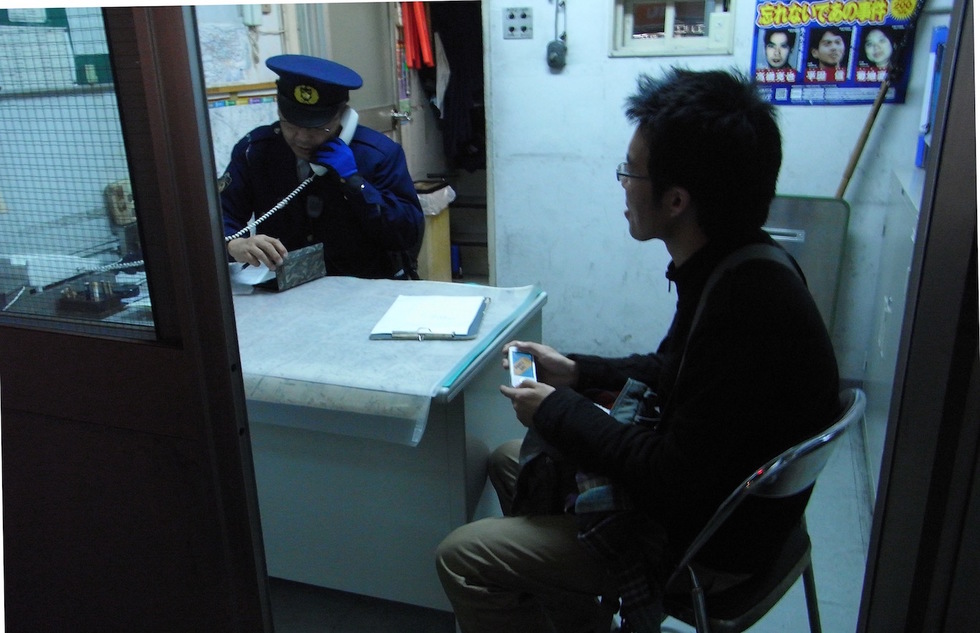Lost your passport in the cab on your way to the airport in Mexico? If you can't track it down, you'll need to visit a U.S. embassy or consulate before your airline will allow you to board the plane. If you happen to be in Mexico, Missouri when you lose your ID, however, you'll have a much better chance of making your flight. Follow these steps to make it on board without your government-issued photo ID.
Step 1: File a police report. Having a police report to present to airline check-in personnel and TSA officials will likely go a long way in making your ID-less trip through security as smooth as possible. It may also make it easier to replace some of your documents in the future, so take the time to file a report (unless doing so will cause you to miss the last flight home, leaving you stranded without enough cash for meals and a hotel room).
Step 2: Reschedule travel. This may not be an option for all travelers, but if you lose your wallet before leaving your home airport, then you should consider putting travel on hold until you're able to replace your documents—you should always travel with at least a debit or credit card.
You'll also have an easier time convincing airport personnel that you lost your ID if you're trying to board the return leg of your trip. After all, it doesn't make much sense to fly away from home without access to money or proof of identity; you may be required to request a replacement driver's license in person at the Department of Motor Vehicles of your issuing state. One traveler lost her wallet in Chicago and needed to return to Virginia for a replacement driver's license—she was able to board a flight home without it, however.
Step 3: Allow extra time at the airport. Some seasoned travelers manage to arrive at the airport and pass through security just as their flight is boarding. Checking in and passing through security without ID could add significant time to the equation, however, so plan to arrive several hours before departure—not several minutes. If you lose your documents en route to the airport, then continue on your way (after filing a police report, if there's time)—you'll likely have more luck rescheduling your flight if you're already in the airport, rather than trying to convince an agent to rebook you for free over the phone.
Step 4: Check in with your airline. Many airlines accept other forms of ID if you're unable to produce a government-issued photo ID. Alaska Airlines, for example, accepts two forms of non-photo ID, as long as one is a non-expired government-issued ID, such as a Social Security or Voter Registration card paired with a credit card. This may not be of much help if you've lost your entire wallet, but airline ticket agents are trained to assist in such situations and can use other methods to confirm your identity, according to an Alaska Airlines representative. For security reasons, the representative was unable to provide details regarding ID-verification procedures, but it would be safe to assume that you'll at very least need to know your address and date of birth, and may be asked to confirm other information available to the airline. Also keep in mind that most e-ticket kiosks allow you to print a boarding pass if you're able to provide your confirmation number, or you can print your boarding pass at home.
Step 5: Pass through security. Making it to your gate once you have your boarding pass in hand will likely take a few more minutes without ID, but TSA agents have the flexibility to work with passengers to establish identity if they're unable to produce a photo ID, according to a TSA spokesman. The representative added that you may be subject to additional screening, but losing your wallet won't necessarily prevent you from entering the secure area of an airport. Having any documents with your name on them will help things go more smoothly, but the decision to let you pass is ultimately left to the TSA agent checking IDs.
More Travel Safety Tips & Resources
It's clearly better to travel with ID, but losing your wallet doesn't necessarily mean you'll be stranded away from home.
Before you leave home, store your personal information in a secure yet accessible place. Here's how to back up your important documents with web-based tools, cameras, and more.
Consider keeping a spare credit or debit card and an expired or alternate photo ID tucked away in your suitcase. Your chances of boarding your flight are much better if you have some form of ID to present.
Remember that these rules don't apply to international travel. U.S. citizens will need to contact the nearest U.S. consulate or embassy, or call the Office of American Citizens Services and Crisis Management at 202/501-4444 for assistance. Your airline will not be able to assist with passport replacements.
Follow Zach Honig on Twitter (@zachhonig).






